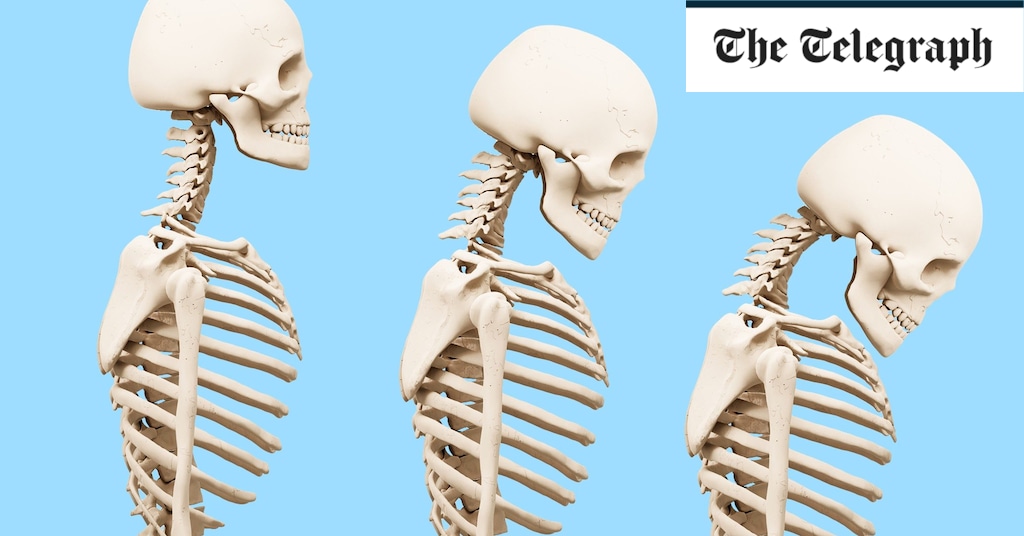How often do you think about the strength of your skeleton? In terms of future health, you’re probably more concerned about cancer or heart disease than broken bones.
But as we get older, the impact of a fracture can be devastating. It means loss of independence, and gruelling surgery. “The mortality rate one year after a hip fracture is 30 per cent,” says Mr Arman Memarzadeh, a consultant trauma and orthopaedic surgeon at Nuffield Health. “Even one month after a hip fracture, the mortality rate is 10 per cent.”
This is a very real risk in later life for the 3.5 million people in the UK with osteoporosis. Half of women and 20 per cent of men over 50 will break a bone due to osteoporosis. Despite its prevalence, it’s known as the “silent epidemic” because it has no symptoms. Often the first sign is a fracture, by which point it’s quite advanced. So can we find out how well our bones are ageing, and reduce our risk?
Bones can break after a minor bump or fall
These are known as “fragility fractures”, and common ones are hip, wrist and spine. “Often, people don’t know that vertebral spinal fractures have happened,” says Julia Thomson, an osteoporosis nurse specialist who manages the Royal Osteoporosis Society’s helpline. “They’ll notice that they’ve lost three inches in height, their back has changed shape and they have debilitating back pain. It’s only after an X-ray they’ll realise that they have fractures in their spine.”
Who is most at risk?
The drop in oestrogen around menopause accelerates bone loss for women. But both men and women reach peak bone health by the age of 30, after which it begins to decline. “Around 2 per cent of 50 year-olds have osteoporosis, but about 50 per cent of 80-year-olds have it,” says Memarzadeh. “I’m afraid it’s a downward trajectory.” Certain medications increase the risk, such as hormonal treatments for breast or prostate cancer, as well as steroids and anti-epilepsy drugs. There are also genetic factors so you’re more likely to suffer if your parents did.
Can a test tell how well your bones are ageing?
A bone density scan, known as a DXA or DEXA (dual energy X-ray absorptiometry), uses low dose X-rays to see how dense your bones are. “It’s not invasive, there’s no injection involved, and you don’t have to go into a tunnel,” assures Thomson.
The machine assesses the density of your bones and the result is a number known as a T-score. The base level T-score of zero is the bone density of a healthy young adult. If your T-score is above that, you have better than average bone density. If it’s below that, there is a sliding scale. A score of between 1 and -1 is considered normal. A score of -2.5 or lower is osteoporosis. Between -1 and -2.5 is known as osteopenia.
